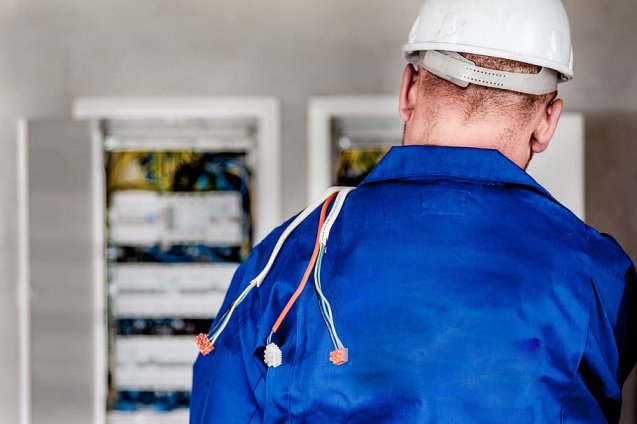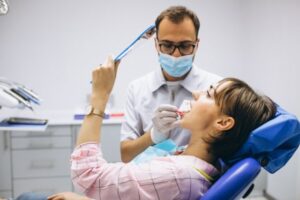Workplace safety is of paramount importance. In the vast spectrum of industries – from construction to healthcare – the need for personal protective equipment (PPE) can’t be overstated. PPE acts as the final barrier between a worker and potential harm, ensuring that they can execute their tasks without undue risk.

Table of Contents
The Wide World of PPE
PPE isn’t a one-size-fits-all solution. Different jobs require unique types of protective gear. Construction workers, for instance, often wear helmets to guard against falling debris. On the other hand, a lab scientist might put on gloves and goggles to avoid exposure to chemicals.
Some of the most common types offered by PPE suppliers include:
- Safety helmets
- Ear protection
- Eye shields and goggles
- High-visibility clothing
- Respirators
Each piece of equipment is meticulously designed, considering the potential hazards associated with specific tasks. They are rigorously tested to ensure that they can handle the demands and stresses of their intended use.
PPE as the Last Line of Defence
Despite the best preventative measures, unforeseen accidents can still occur. Here’s where PPE shines. While we often invest in systems, training, and protocols to reduce risks, PPE stands as the last line of defence. It directly minimises the impact of accidents on the worker. For example, a spill-resistant apron might not prevent a chemical spill, but it certainly reduces harm by preventing direct content with the skin.
PPE and its Role in Cultivating a Safety Culture
Beyond the physical protection it offers, PPE also plays a psychological role. When workers see that their wellbeing is a priority, morale often improves. They feel valued and protected. This boosts not only their confidence in executing tasks but also their trust in the organisation. What’s more, when every member of the team wears their PPE, it reinforces a collective commitment to safety, building a culture where everybody is looking out for each other.
Understanding the Limitations
It’s crucial to recognise that while PPE is crucial, it’s not infallible. Regular inspections are needed to make sure that the equipment remains in top condition. Over time, wear and tear can reduce the effectiveness of PPE. Plus, improper use or fitting can compromise its protective capabilities. Therefore, alongside investing in quality PPE, organisations should also focus on training their staff in its correct usage and maintenance.
Adapting to New Work Environments
The landscape of workplaces is ever evolving. With the emergence of new technologies, novel substances, and innovative procedures, the potential hazards are expanding. PPE must also adapt to this. For example, as industries dive deeper into nanotechnology, there’s a growing need for PPE that addresses nano-specific risks. Similarly, as remote work gains more traction, ergonomic, PPE solutions, like specially designed computer glasses, become increasingly relevant. Adapting to these dynamic changes ensures that PPE remains effective in diverse scenarios, safeguarding workers against both traditional and modern-day risks.
The role of PPE in mitigating workplace hazards is impossible to deny. Not only does it provide tangible protection against risks, but it also elevates the overall safety culture within the company.a




